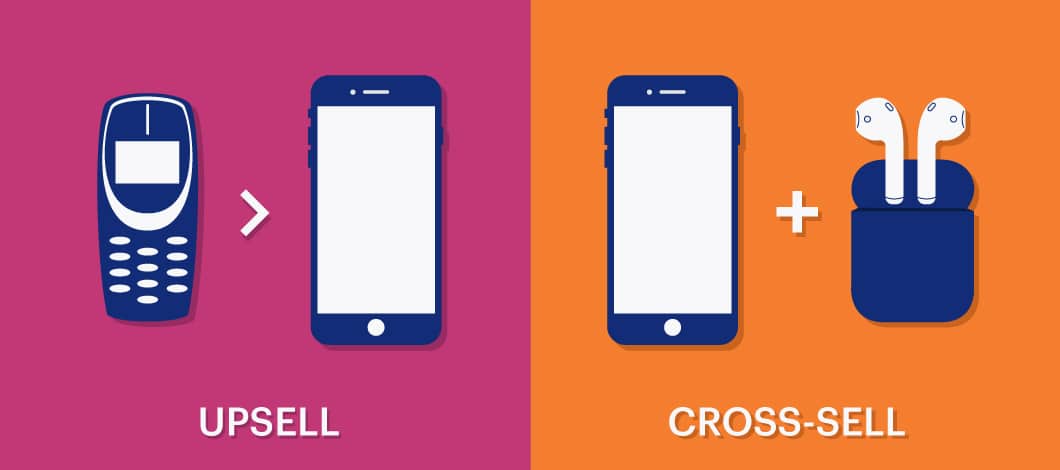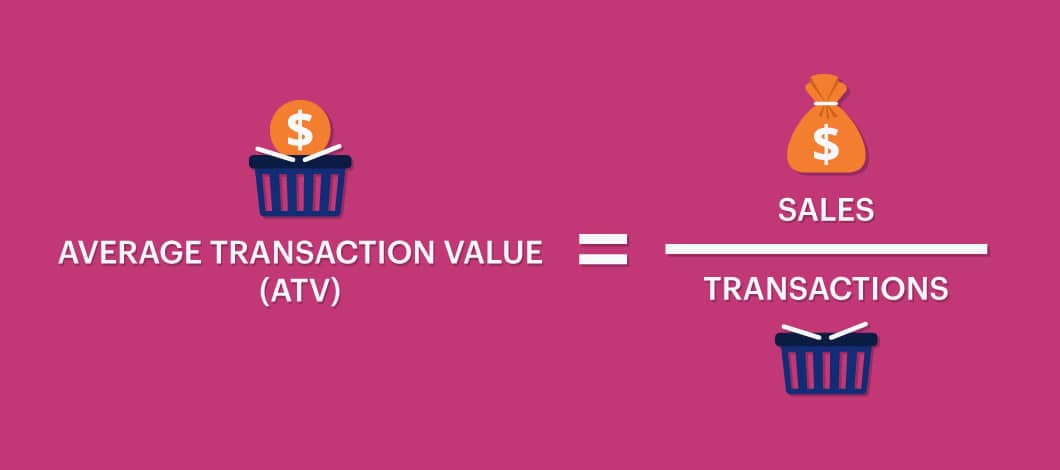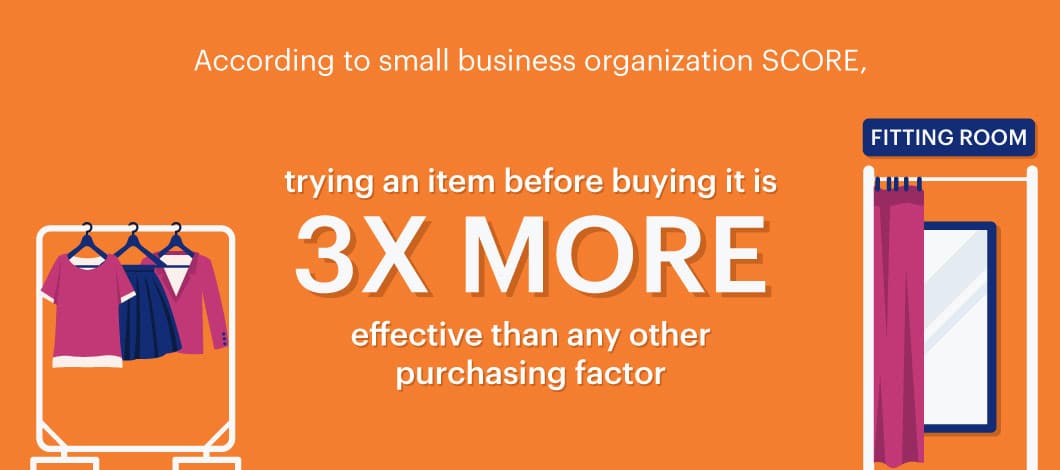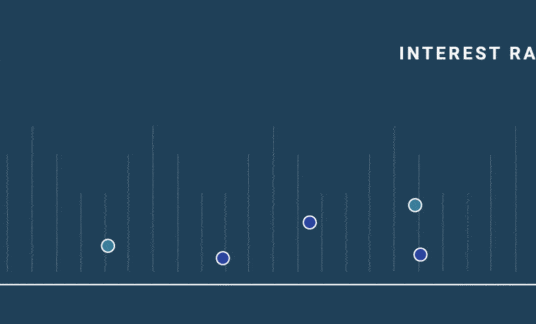One of the best ways to improve overall sales is to have your customers spend more money at checkout. But how can you make sure that happens?
Find out how to increase transaction value in your retail store with our top 12 tips. We’ll let you in on what it’s all about and what to do to make sure yours goes up.
What Is Average Transaction Value?
Average transaction value in retail, also known as average dollar sale in the U.S., is a metric that tells you the amount of money your customers spend in one checkout experience on average.
Most point-of-sale systems compute this metric for you, but you can figure it out by hand. How?
It’s calculated by taking the total sales for a given period and dividing it by the total number of transactions for the same period.
For example, let’s say you want to calculate the average transaction volume for a specific day. On that date, you had $5,000 in sales over the span of 50 transactions. Your average tally at checkout for that day was $100.
In addition to daily calculations, you can determine your weekly, monthly, quarterly and annual average transaction value. You also can find the average for multiple or individual stores, individual sales reps or specific blocks of time throughout the day. Another helpful way to use this metric is to make performance evaluations by comparing equivalent dates from year to year.

Top 12 Sales Improvement Tips to Increase Transaction Value*
Overarching strategies for raising transaction value include selling more products and selling higher value products.
Here are our top sales improvement points for how to do just that:
1. Instill FOMO
Fear of missing out (FOMO) is a great way to increase your purchases. Make your customers aware if products only are available for a limited time. Also, remind your customers about current promotions or limited time offers to save.
If they’ve gotten to the point of check out and have a couple of items that qualify for a promotion, but they don’t have the total quantity they need to take advantage of it, reiterate the promo.
For instance, if you have a “buy 3, get 1 free” offer, and they’ve got 2 items in their basket, encourage them to get 1 more. If you work in a brick-and-mortar store, make it easy to add qualifying items to the purchase by merchandising them at the register or having extras available behind your cash wrap.
2. Upsell
Don’t just be an order taker. Customer service and sales go hand in hand in retail. Be proactive and approach customers. If you see them looking at an item, transition them to a higher-priced one. Don’t focus on the price. Instead, showcase the added features and benefits. If the customer has concerns about the price, you’ll hear about it.
3. Cross-Sell
Presenting customers with items that complement, add value or build upon the product or service they’re already intent on buying is a surefire way to increase average transaction volume. Set up your store for cross-selling by displaying complementary items in the same area. Psychologically, customers will be drawn to the related items. This style of organization also makes it easy for salespeople to recommend other items that can increase purchase value.
It’s important to note that salespeople should keep in mind the price of the items they’re promoting in comparison to the original item the customer selected. You don’t want to blow them out of the water with an exorbitant ask. For instance, if your customer came into your hardware store looking for barbecue utensils, a viable cross-sell might be a grill cleaning set or a waterproof barbecue cover, not a brand-new gas grill.
Also, before you start selling the other items, be sure you have them in stock. There’s nothing worse than working to get your customer excited about a new item only to realize you don’t have it to offer.
4. Offer Items at Checkout
Similarly, increase purchase value by offering items at checkout. If you have a physical storefront, set up displays at the register with lower-cost items or new items that draw attention and make that last-second impulse purchase irresistible.
According to retail analytics company First Insight, 78% of men and 89% of women shopping in stores sometimes or always make impulse purchases, compared with a respective 67% and 77% in ecommerce sales.
5. Create Bundled Packages
Increasing the average transaction volume sometimes means getting creative. One way to do this is to bundle complementary products together and price as a single item.
For instance, if you’re a gift shop owner, you might sell chocolates, candles, picture frames and coffee mugs individually. But consider creating a gift basket with multiple items in your store, all under one price tag.
6. Encourage Customers to Try Products
Whether you own a car dealership or a clothing store, having a customer get behind the wheel or in the dressing room, can make the sale. Product demonstrations are another technique to encourage purchases. Along the same lines, if you’re selling a service, consider offering customers free trials.
7. Keep Customers Browsing Longer
What do you think the odds are that the longer someone stays in your store or on your website, the more they’ll likely buy? Pretty good, right?
Think about ways you can encourage longer visits among your patrons to increase purchases.
Here are some sales improvement points to consider in your retail store:
- What is the ambiance like (e.g., lighting and music)?
- How easy is it to move around your store?
- Are products organized and merchandised well?
- Are your associates helpful and available, not pushy?
- Would customers appreciate light snacks or refreshments?
8. Reiterate Your Return Policy
If you have a return policy, don’t be afraid to use it to your advantage. This could be just what someone’s who’s on the fence about adding a product to their basket needs to hear.
If the customer does wind up making a return, you have another chance to wow them with great customer service and convert the return into an exchange.
9. Offer Discounts and Loyalty Programs
Consider offering percentage or dollar-off discounts for larger purchases. Crunch the numbers and see what specific discount you can offer. For instance, maybe $25 off for every $100 spent.
Also think about starting a points-for-dollars-spent loyalty program. Pizza chain Domino’s does a great job of this. For every $10 spent, customers earn 10 points toward a free pizza, eligible after 60 points.
Most people will exceed $10 on a single purchase. But the psychology behind awarding customers points for every $10 makes participating a no-brainer. And those who are at the $25 mark at checkout are enticed to add a little more to their order to get their full 30 points. A large family could get a free pizza in 2 purchases, maybe even 1.
10. Get Your Team on Board
The best tips for increasing average transaction value can’t help if your team members aren’t aligned with your vision. Train your retail staff on the sales techniques and merchandising strategies you want implemented across the board, regardless of the shift.
Have a meeting where your salespeople take turns roleplaying how to overcome customer objections they may face when trying to upsell or cross-sell. Host daily, weekly or monthly contests with incentives for the sales rep who has the highest average dollar sale.
11. Set Goals
Although it may seem obvious, when you’re asking yourself how to increase transaction value in retail, one answer is to set goals for the average dollar sale you want to achieve. Set daily, weekly, monthly and yearly objectives for your company and each salesperson.
You also can set shift goals for different blocks of time throughout the day. Increase your transaction value goals incrementally for the following year too.
Having a target in sight will give you and your team a tangible number to work toward. Crunch the numbers to see what’s realistic for your business. Consider your industry, competitors, the seasons, holidays, weekends versus weekdays, etc.
If you’ve noticed sales are routinely lower in certain months or days of the week, consider running promotions to increase average transaction value.
12. Raise Prices
While raising prices can increase average transaction values in retail, be wary. You don’t want to drastically overprice your products and lose customers. If you raise prices, you’ll want to raise value too. A slight increase in purchase price may not matter to loyal and even new customers who feel your product or service is worth the price.
Raise Your Average Transaction Value
As a business owner, you know it can be easier to keep your existing customers than try to attract new ones. Even so, more foot traffic doesn’t necessarily mean more sales. Consistently high average dollar sales with increased transactions, however, can go hand in hand with an increase in total sales and profit.
Use our top tips for how to increase transaction value in retail and work with your team to start boosting yours one day at a time.
*Please note, these tips do not take into consideration the safety measures needed to operate a retail business during the coronavirus pandemic. Refer to the Centers for Disease Control and Prevention for guidance on reducing the spread of the virus in business establishments.













